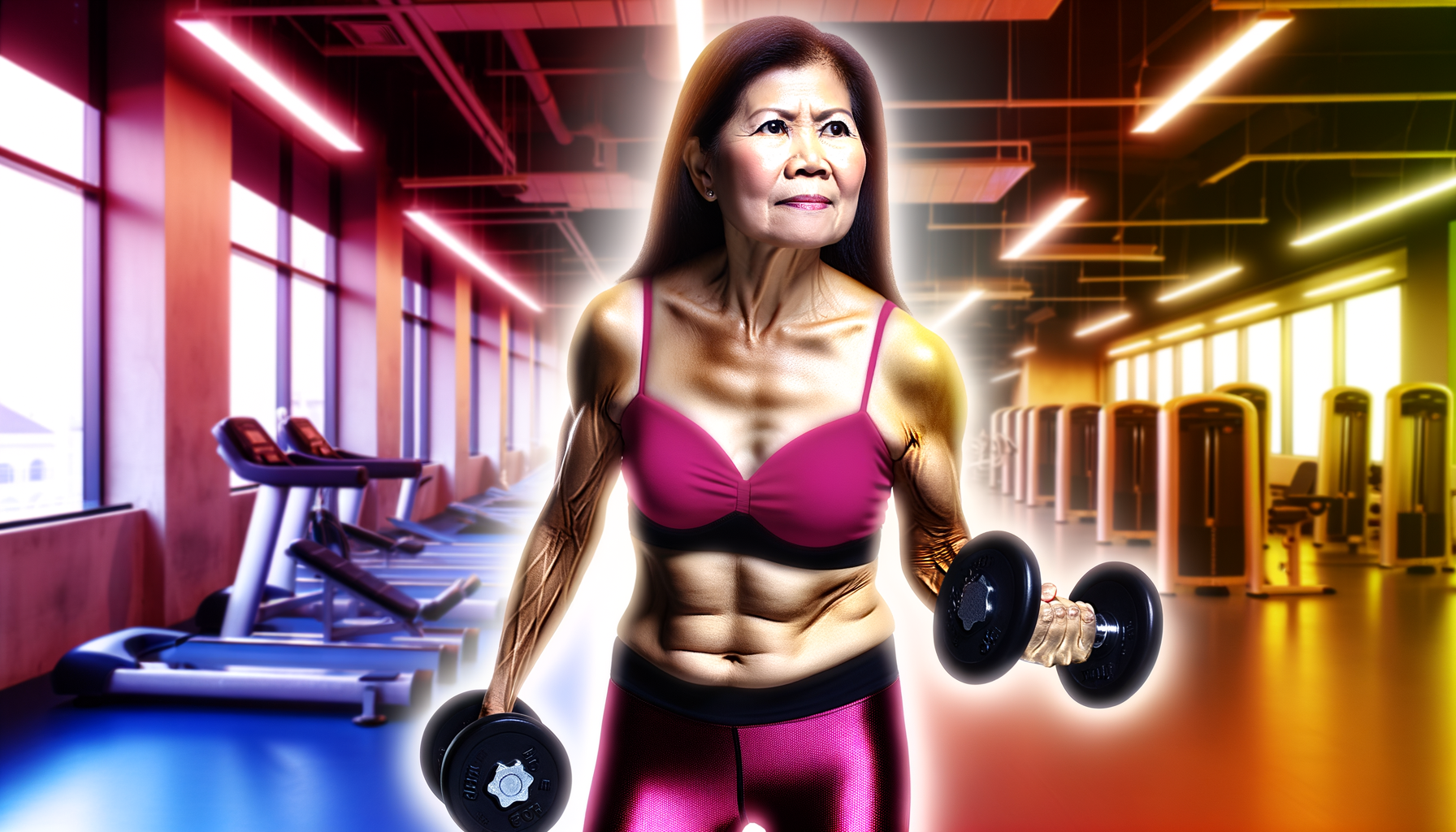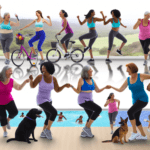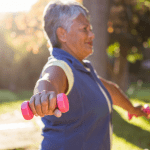Menopause marks the end of a woman’s reproductive years, typically occurring between the ages of 45 and 55. This natural biological process is characterized by the cessation of menstruation and a decline in the production of hormones such as estrogen and progesterone. Symptoms vary widely among women but can include hot flashes, night sweats, mood swings, and weight gain, particularly around the abdomen—often referred to as “meno belly.” These changes can significantly impact a woman’s quality of life and well-being.
The Importance of Exercise During Menopause
Exercise is a cornerstone of health, especially during menopause. Regular physical activity can help alleviate some of the most challenging symptoms of menopause, such as mood disturbances and hot flashes. Moreover, it can address menopausal weight gain by boosting metabolism, which tends to slow down during this period. A study by the National Institutes of Health revealed that women who engaged in just 10 minutes or more of aerobic exercise daily had significantly smaller waist circumferences than those who did not exercise.
Challenges Women Face in Maintaining Physical Activity
Despite the known benefits, many women find it challenging to maintain regular exercise routines during menopause. Barriers include time constraints, lack of motivation, physical discomfort, and a lack of awareness about the specific benefits of exercise for menopausal symptoms. Additionally, societal expectations and a focus on youth can discourage women over 50 from prioritizing their fitness.
Overview of Exercise Benefits for Menopausal Women
Engaging in regular physical activity during menopause can offer a multitude of benefits. It can help prevent weight gain and reduce the risk of chronic diseases such as osteoporosis, cardiovascular disease, and type 2 diabetes. Exercise also promotes muscle mass retention, which is crucial as women age and naturally lose muscle tissue. Furthermore, it can improve mental health by reducing stress and enhancing mood, contributing to an overall better quality of life during and after the menopausal transition.
Combatting Menopause Belly: Effective Exercises
The Impact of Menopause on Body Composition
Menopause brings about significant changes in a woman’s body, one of which is a shift in body composition. As estrogen levels decline, women often experience an increase in abdominal fat and a decrease in muscle mass. This redistribution of body fat, commonly referred to as “menopause belly,” can be frustrating and is associated with health risks such as insulin resistance and cardiovascular disease. Understanding these changes is the first step in addressing menopause-related weight gain.
Aerobic Exercises: Walking and Swimming
Walking is an excellent starting point for aerobic exercise. It’s low-impact, accessible, and can be easily incorporated into daily routines. A brisk walk for 20-30 minutes a day can kickstart the metabolism and improve cardiovascular health. As fitness levels improve, incorporating hills or increasing the pace can further enhance calorie burn and combat menopause belly.
Swimming is another effective aerobic exercise, particularly for those with joint pain or mobility issues. The buoyancy of water reduces stress on the joints while providing resistance, making it an ideal workout for burning calories and trimming belly fat. Water aerobics is also a fun alternative that combines cardiovascular exercise with strength training movements.
Low-Impact Exercises: Tai Chi and Yoga
Tai Chi, a form of martial arts known for its gentle movements and deep breathing, is a low-impact exercise that can effectively reduce belly fat. Studies have shown that Tai Chi can be as beneficial as more traditional forms of exercise for weight loss, making it a suitable option for those seeking a more meditative approach to fitness.
Yoga is another low-impact exercise that not only helps in reducing stress but can also aid in weight management during menopause. The various poses and stretches in yoga can improve flexibility, strengthen the core, and help tone the midsection.
Developing a Consistent Exercise Routine
Consistency is key when it comes to exercise and weight management during menopause. Developing a routine that includes a mix of aerobic and low-impact exercises can provide a balanced approach to fitness. It’s important to find activities that are enjoyable to ensure long-term adherence. Setting a schedule, tracking progress, and gradually increasing the intensity and duration of workouts can help maintain motivation and lead to successful menopause weight management.

Strength Training: A Key Component for Women Over 50
The Role of Muscle Mass in Metabolic Rate
As women age, particularly after the age of 50, muscle mass naturally begins to decline, a condition known as sarcopenia. This loss of muscle mass is significant because muscle tissue plays a critical role in maintaining a healthy metabolic rate. Muscle burns more calories at rest compared to fat, meaning that a decrease in muscle mass can lead to a slower metabolism and, consequently, an increased tendency to gain weight. Strength training, therefore, becomes a vital component in the fitness regimen of women over 50 to help counteract this natural decline and maintain a healthy metabolic rate.
Benefits of Strength Training During Menopause
Strength training offers numerous benefits for menopausal women. It helps in preserving and increasing muscle mass, which in turn supports a healthy metabolism and aids in weight management. Additionally, strength training can improve bone density, reducing the risk of osteoporosis, which is a common concern during menopause. It also enhances joint flexibility and stability, which can alleviate symptoms of arthritis and reduce the risk of falls. Moreover, strength training can improve mood and mental well-being, helping to combat menopausal symptoms such as depression and anxiety.
Recommended Strength Training Exercises
- Forearm Plank: A core-strengthening exercise that also engages the shoulders and chest.
- Modified Push-up: Targets the upper body, including the chest, shoulders, and triceps, while allowing for modifications to suit different fitness levels.
- Bird Dogs: Enhances core stability and balance, also working the back and glutes.
- One-Arm Row: Strengthens the back muscles and biceps, and promotes good posture.
- Tricep Kickback: Focuses on the triceps, an important muscle group for upper arm strength.
- Bicep Curls: Builds arm strength, which is essential for daily activities.
Building a Strength Training Routine
Creating a strength training routine involves consistency and progression. Women over 50 should aim to incorporate strength training exercises into their fitness routine at least two to three times per week. It’s important to start with light weights or bodyweight exercises and gradually increase the resistance as strength improves. Each session should work all the major muscle groups, with particular attention to form and technique to prevent injury. Rest and recovery are just as important as the workout itself, so ensure there is at least one rest day between strength training sessions. Lastly, it’s crucial to listen to your body and adjust the routine as needed, especially during menopause when the body is experiencing significant changes.

Feeling You Have a Right to Safe Beauty & Fem Care?
If so, it may be time for a change. It starts with knowledge. We have a few suggestions in our new guides.
Weightlifting Techniques for Menopause Weight Loss
Introduction to Weightlifting for Beginners
Embarking on a weightlifting journey during menopause can be a transformative experience. For beginners, it’s essential to understand that weightlifting is not just for the young or athletic; it’s a beneficial form of exercise for women of all ages, including those over 50. Weightlifting can help combat the loss of muscle mass and bone density that often accompanies menopause, while also aiding in weight management. Starting with light weights and focusing on proper form can set the foundation for a safe and effective weightlifting routine.
Specific Weightlifting Exercises
- One-Arm Row: Targets the upper back and involves pulling a weight vertically towards your armpit while keeping your spine neutral.
- Tricep Kickback: Focuses on the triceps by extending the arm behind you with a weight in hand, keeping the upper arm stationary.
- Bicep Curls: Strengthens the front of the arm by curling a weight towards your shoulder, rotating the forearm during the movement.
Progression and Adaptation in Weightlifting
As you become more comfortable with the basics, progression and adaptation are key to continued improvement. Gradually increasing the weight, altering the number of repetitions, and incorporating new exercises can help prevent plateaus. It’s also important to listen to your body and adapt your routine to accommodate how you feel on any given day, especially during menopause when energy levels may fluctuate.
Safety and Precautions When Weightlifting
Safety should always be a priority when weightlifting. This includes using proper form to avoid injury, starting with weights that are manageable, and not being afraid to ask for assistance or guidance, especially when learning new exercises. It’s also crucial for women over 50 to get clearance from a healthcare provider before starting a new weightlifting program, particularly if there are pre-existing health conditions or concerns about bone density and joint health.
In conclusion, weightlifting can be a powerful tool for managing menopause weight gain. By starting with the basics, focusing on progression, and prioritizing safety, women over 50 can build strength, improve bone density, and enhance their overall health and well-being.

Feeling You Have a Right to Safe Beauty & Fem Care?
If so, it may be time for a change. It starts with knowledge. We have a few suggestions in our new guides.
Starting an Exercise Regimen After 50
Overcoming Barriers to Starting Late
Beginning an exercise regimen after 50 can seem daunting, especially when faced with common barriers such as time constraints, health issues, or lack of confidence. However, it’s important to recognize that it’s never too late to start reaping the benefits of physical activity. To overcome these hurdles, start with small, manageable steps. For instance, integrate exercise into daily routines, like taking a walk after dinner. Address health concerns by choosing low-impact activities that are easier on the joints, such as swimming or cycling. Lastly, build confidence by setting achievable milestones and celebrating progress, no matter how small.
Setting Realistic Goals and Expectations
Realistic goal-setting is crucial for maintaining motivation and preventing discouragement. Begin by establishing clear, attainable objectives, such as walking for 15 minutes a day, three times a week, and gradually increasing the duration and frequency. Avoid comparing your progress to others, as each individual’s fitness journey is unique. Remember, the primary goal is to improve health and well-being, not to compete or meet unrealistic standards.
Creating a Sustainable and Enjoyable Exercise Plan
To ensure long-term adherence to an exercise regimen, it’s essential to find activities that you enjoy. This could mean dancing, gardening, or even joining a group fitness class for social interaction. Variety is also key to preventing boredom and addressing different aspects of fitness, so include a mix of cardiovascular, strength, and flexibility exercises. Additionally, listen to your body and allow for rest days to prevent burnout and injury.
Consulting Healthcare Providers Before Beginning
Before embarking on a new exercise program, it’s important to consult with healthcare providers, especially if you have pre-existing health conditions or concerns. They can offer personalized advice, suggest appropriate exercises, and help set safe limits to ensure that your regimen supports your health without causing harm. This step is not only about safety but also about tailoring the exercise plan to your specific needs for optimal benefits.
Nutrition and Lifestyle Factors Affecting Menopause Weight
Dietary Changes to Support Exercise Goals
As women transition through menopause, the body’s metabolism naturally slows down, leading to potential weight gain, particularly around the abdomen. To combat this, dietary changes can play a crucial role in supporting exercise goals. A focus on nutrient-dense foods, such as fruits, vegetables, whole grains, lean proteins, and healthy fats, can provide the energy needed for strength training and other physical activities. Reducing intake of processed foods, sugary snacks, and high-calorie beverages is also essential. Portion control and mindful eating practices can further align diet with exercise efforts to manage weight during menopause.
The Role of Hormones in Appetite and Weight
Hormonal fluctuations during menopause can impact appetite and weight. Lower levels of estrogen may lead to increased body fat distribution around the midsection and can affect the hormones that regulate hunger and satiety, such as ghrelin and leptin. Understanding these changes can help women adjust their eating habits accordingly. For instance, incorporating protein-rich foods can promote satiety and support muscle mass, which is crucial for maintaining a healthy metabolic rate during menopause.
By the way, something for you, a little gift!!!
I am just in the middle of publishing my book. It’s about How women can balance their hormones. One part is about food and diet, of course.
Follow this link and enter your email.
I will send you this part of the book for free once the book is published. It has many concrete, practical tips and recipes and will help you feel better during menopause or times of Big hormonal fluctuations.
Annette, Damiva Lead for Health & Wellness

Integrating Exercise with Overall Healthy Living
Exercise should be a key component of a holistic approach to healthy living during menopause. Regular physical activity, including strength training, can help offset muscle loss and the associated metabolic slowdown. Additionally, exercise can improve mood, enhance sleep quality, and reduce menopause-related stress, creating a positive feedback loop that encourages continued healthy habits. Integrating exercise into daily routines, such as walking during breaks or cycling to run errands, can make it a sustainable part of life.
Managing Stress and Sleep for Weight Management
Stress and sleep disturbances, common during menopause, can adversely affect weight management. Elevated stress levels can lead to emotional eating and cravings for high-calorie comfort foods. Poor sleep can disrupt hormones that control appetite, leading to weight gain. Managing stress through relaxation techniques, such as deep breathing, meditation, or yoga, can help control stress-related eating. Prioritizing sleep hygiene, including establishing a regular sleep schedule and creating a restful environment, is equally important for maintaining a healthy weight during menopause.
Addressing nutrition and lifestyle factors is vital for managing menopause weight. By making informed dietary changes, understanding the hormonal influences on weight, integrating exercise into daily life, and managing stress and sleep, women can empower themselves to maintain a healthy weight through menopause and beyond. These strategies, coupled with regular strength training, can help mitigate the natural physiological changes that occur during this stage of life.
Conclusion: Empowering Women Through Fitness
Throughout the journey of understanding menopause and its impact on women’s health, it has become evident that exercise is not just beneficial but essential. Strength training, in particular, stands out as a powerful ally against the physiological changes that occur during this stage of life. By engaging in regular physical activity, women can combat the loss of muscle mass and bone density, improve cardiovascular health, and manage menopausal symptoms more effectively. The psychological benefits are equally important, with exercise acting as a natural mood enhancer and stress reliever, fostering a sense of empowerment and confidence that transcends the gym walls.
Encouraging Lifelong Fitness and Health
Adopting a fitness regimen after 50 is not just about addressing immediate health concerns; it’s about investing in a future of vitality and independence. The narrative that strength training and physical activity are only for the young or already fit is being dismantled as more women over 50 embrace the transformative power of exercise. By prioritizing fitness, women are setting themselves up for a healthier, more active, and fulfilling life, well into their later years. The goal is to create a sustainable lifestyle that celebrates movement and strength, recognizing that it’s never too late to start.
Final Thoughts on Starting and Maintaining an Exercise Routine
Embarking on an exercise journey later in life can be daunting, but it’s a challenge worth accepting. Starting with realistic goals and a clear plan can help ease the transition into a more active lifestyle. It’s important to acknowledge the barriers but not be defined by them. Whether it’s through joining a community of like-minded individuals, finding joy in the social aspects of exercise, or simply appreciating the newfound energy and strength, the key is consistency and self-compassion.
Consulting healthcare providers before beginning any new exercise regimen ensures safety and tailors the approach to individual needs. Incorporating stress management techniques and nutritional adjustments further supports weight management during menopause. Ultimately, the message is clear: embracing fitness is a profound act of self-care that can significantly enhance the quality of life for women over 50, empowering them to face the future with confidence and grace.









